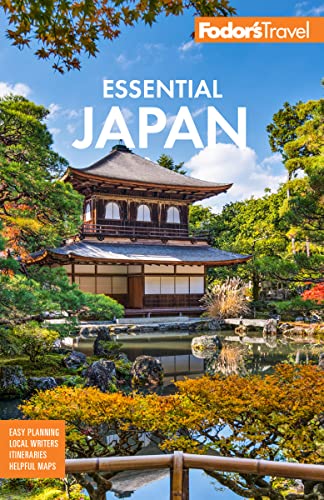Japanese Gardens
Oases of calm and contemplation—and philosophical statements in their own right—Japanese gardens are quite unlike the arrangements of flowers, shrubs, and trees you find in the West.
One key to understanding—and more fully enjoying—a Japanese garden is knowing that its design, like all traditional Japanese arts, emerged out of the country's unique mixture of religious and artistic ideas. From Shintoism comes the belief in the divinity or spirit that dwells in natural phenomena like mountains, trees, and stones. The influence of Taoism is reflected in the islands that serve as symbolic heavens for the souls of those who achieve perfect harmony. Buddhist gardens—especially Zen gardens, expressions of the “less is more” aesthetic of the warrior caste—evolved in medieval times as spaces for meditation and the path to enlightenment. The classic example from this period is the karesansui (dry landscape) style, a highly abstract composition of meticulously placed rocks and raked sand or gravel, sometimes with a single pruned tree, but with no water at all.
Shakei
Shakei (borrowed landscape) is a way of extending the boundaries of the visual space by integrating a nearby attractive view—like a mountain or a sweeping temple roofline, for example—framing and echoing it with plantings of similar shape or color inside the garden itself. A middle ground, usually a hedge or a wall, blocks off any unwanted view and draws the background into the composition.
Garden Design
Historically, the first garden designers in Japan were temple priests; the design concepts themselves were originally Chinese. Later, from the 16th century on, the most remarkable Japanese gardens were created by tea masters, who established a genre of their own for settings meant to deepen and refine the tea ceremony experience. Hence the roji: a garden path of stepping-stones from the waiting room to the teahouse itself, a transition from the ordinary world outside that prepares participants emotionally and mentally for the ceremony. Gradually gardens moved out of the exclusive realm to which only nobles, wealthy merchants, and poets had access, and the increasingly affluent middle class began to demand professional designers. In the process the elements of the garden became more elaborate, complex, and symbolic.
The "hide-and-reveal" principle, for example, dictates that there should be no point from which all of a garden is visible, that there must always be mystery and incompleteness in its changing perspectives: the garden unfolds as you walk from one view to another along the winding path. References to celebrated natural wonders and literary allusions, too, are frequently used design techniques. Mt. Fuji might be represented by a truncated cone of stones; Ama-no-Hashidate, the famous pine-covered spit of land across Miyazu Bay, near Kyoto, might be rendered by a stone bridge; a lone tree might stand for a mighty forest. Abstract concepts and themes from myths and legends, familiar to many Japanese, are similarly part of the garden vocabulary. The use of boulders in a streambed, for example, can represent life's surmountable difficulties; a pine tree can stand for strength and endurance; islands in a pond can evoke a faraway paradise.
Seasonal change is a highlight of the Japanese garden. The designer in effect choreographs the different plants that come into their glory at different times of year: cherry and plum blossoms and wisteria in spring; hydrangeas, peonies, and water lilies in summer; the spectacular reds and orange of the Japanese maple leaves in autumn. Even in winter the snow clinging to the garden's bare bones makes an impressive sight. In change there is permanence; in permanence there is fluid movement—often represented in the garden with a water element: a pond or a flowing stream, or an abstraction of one in raked gravel or stone.




